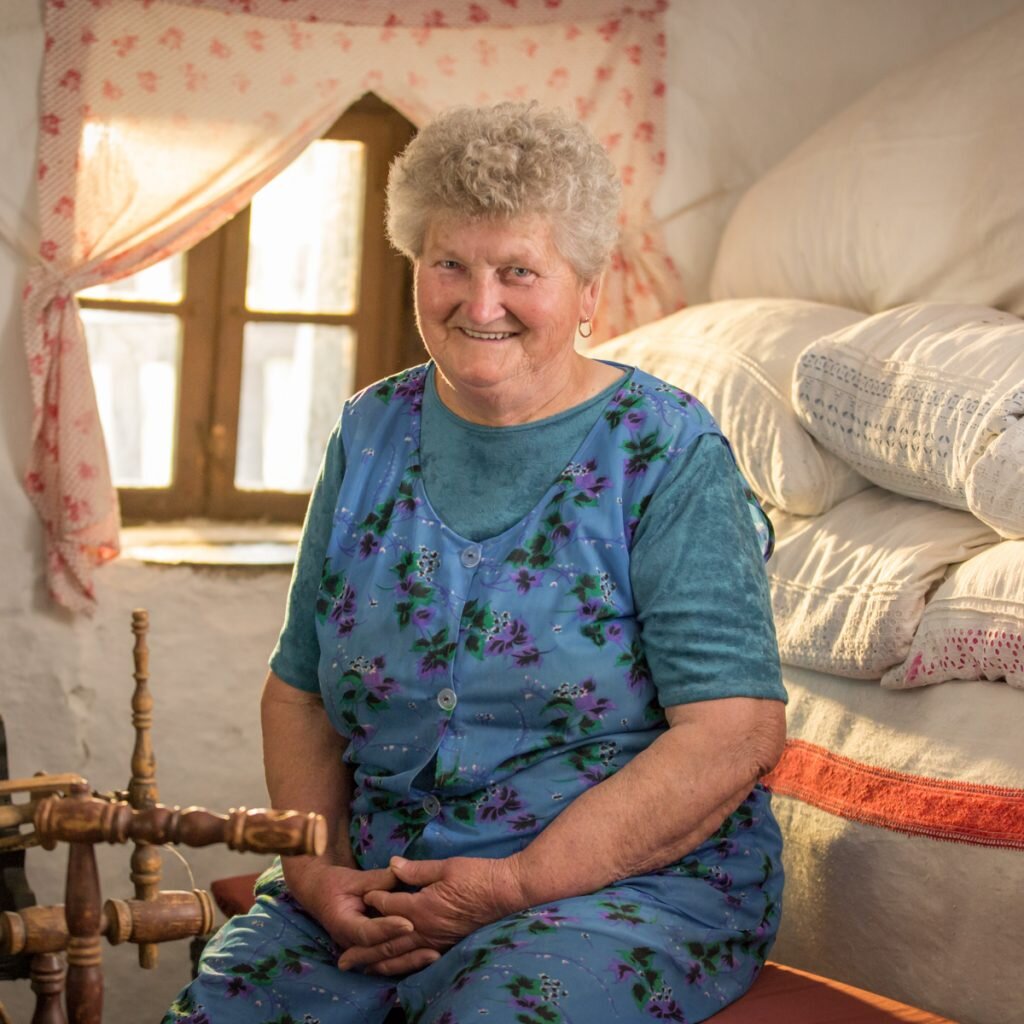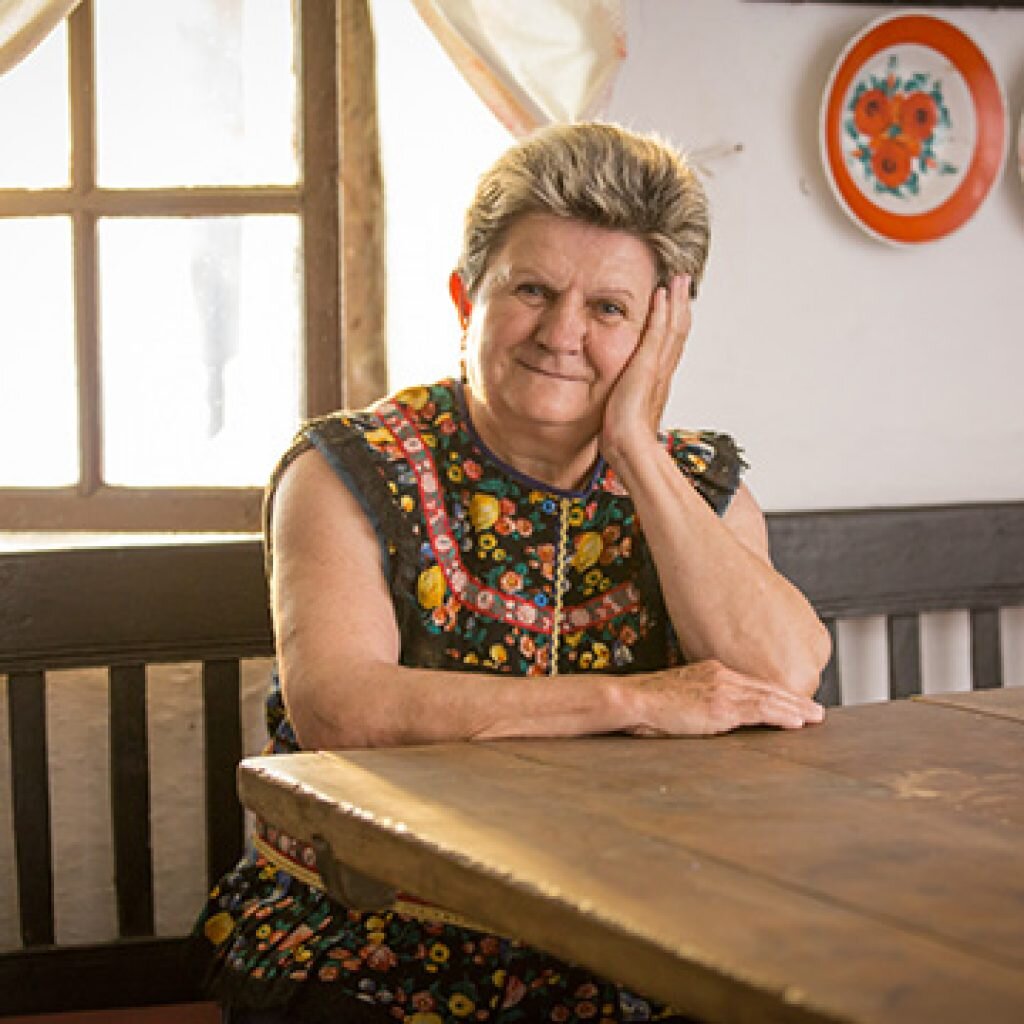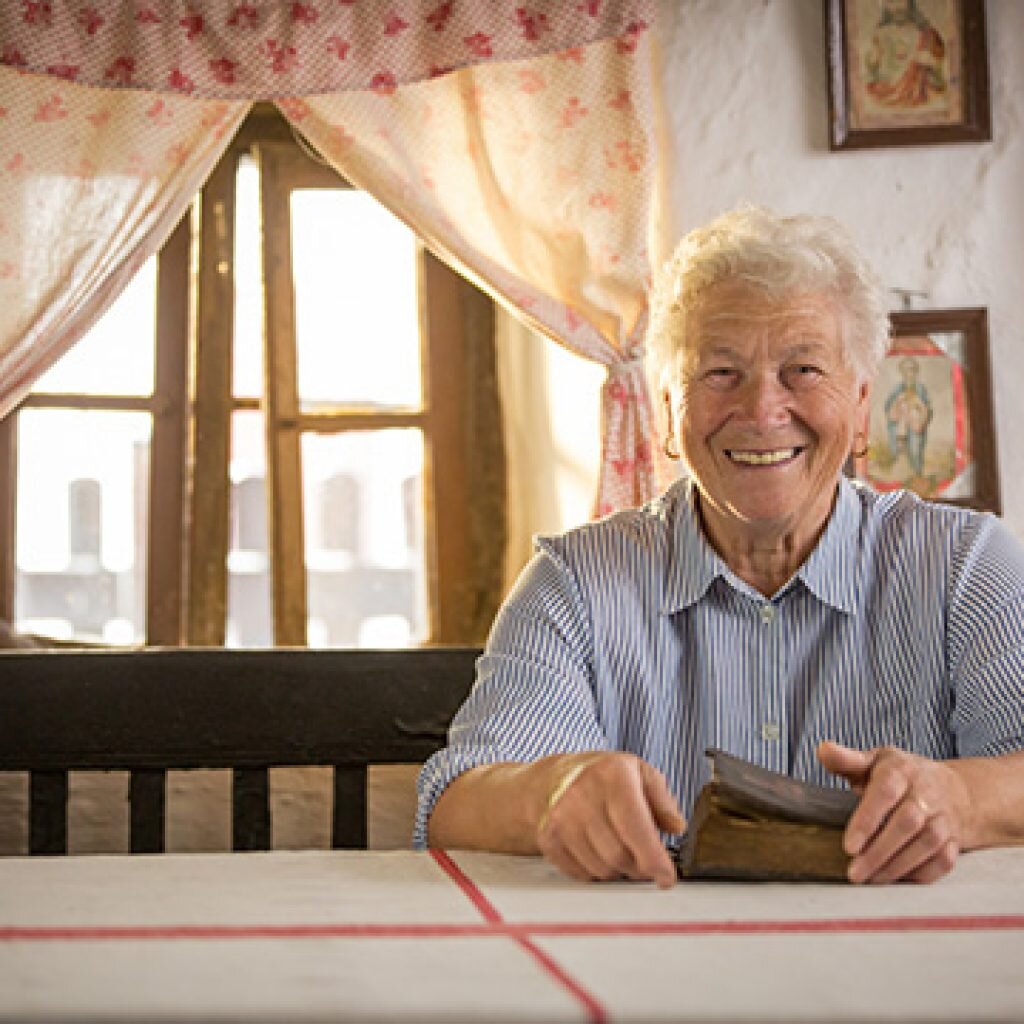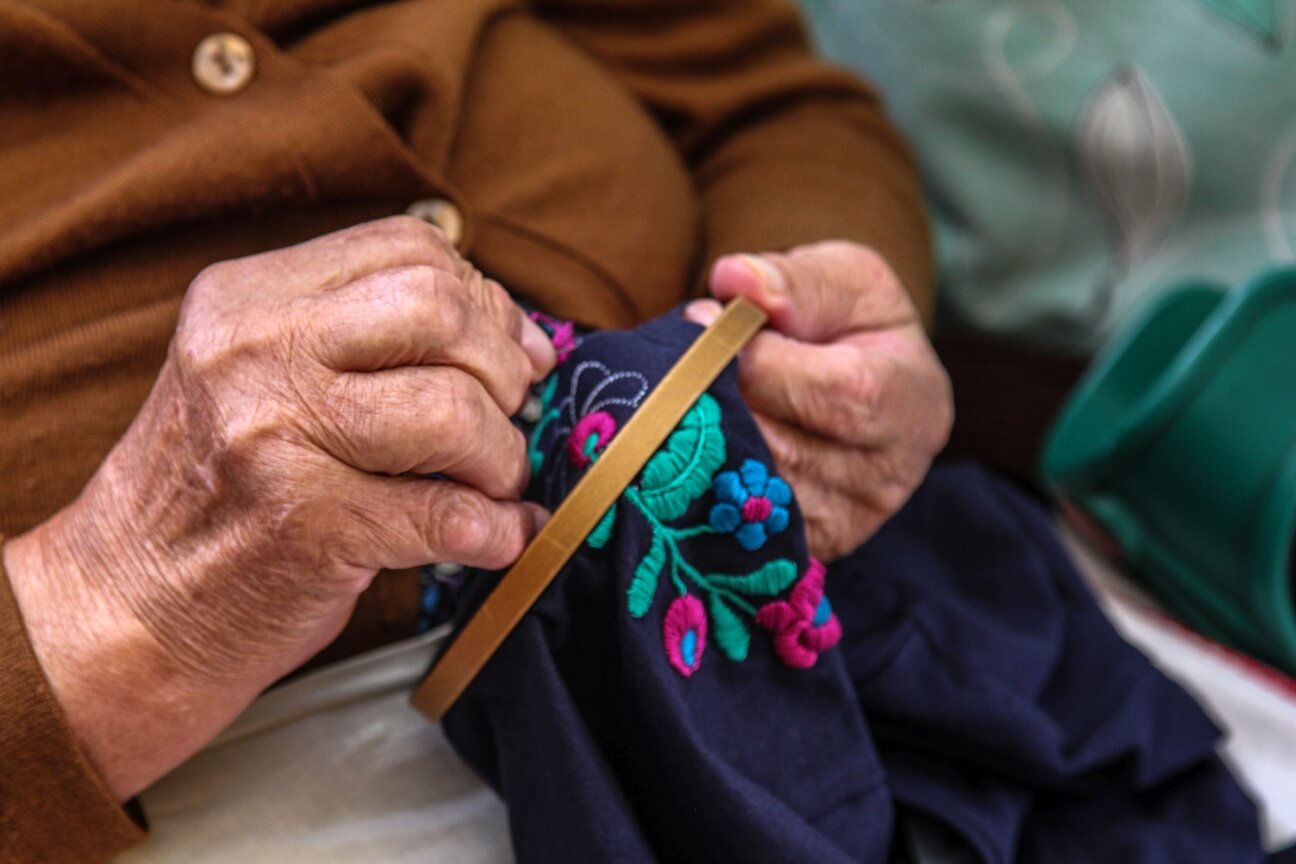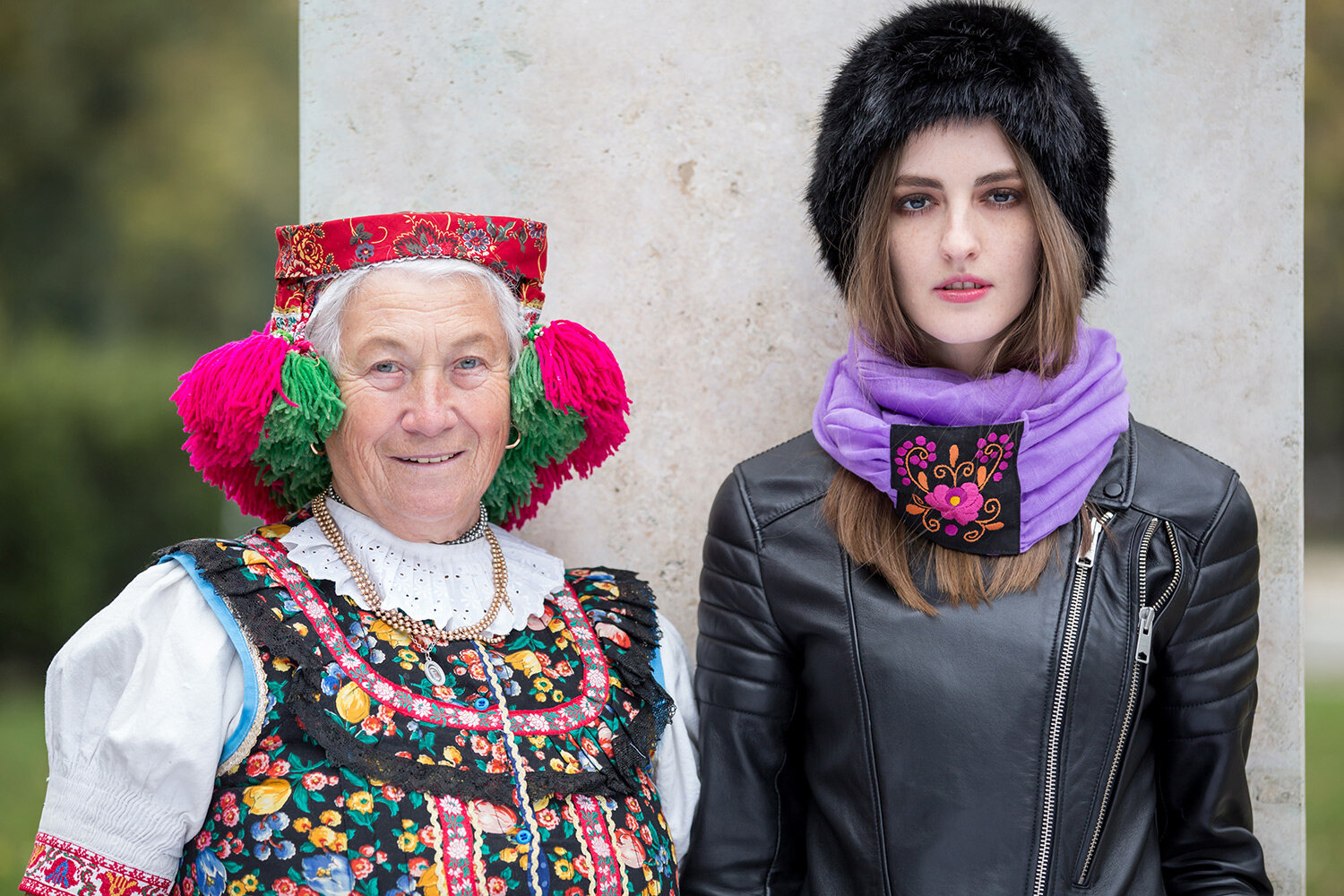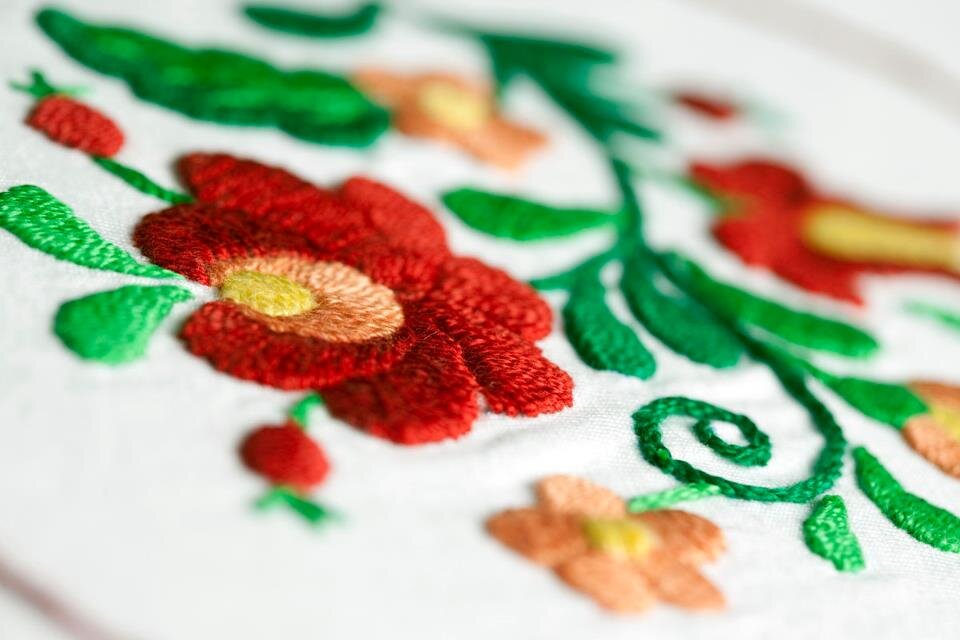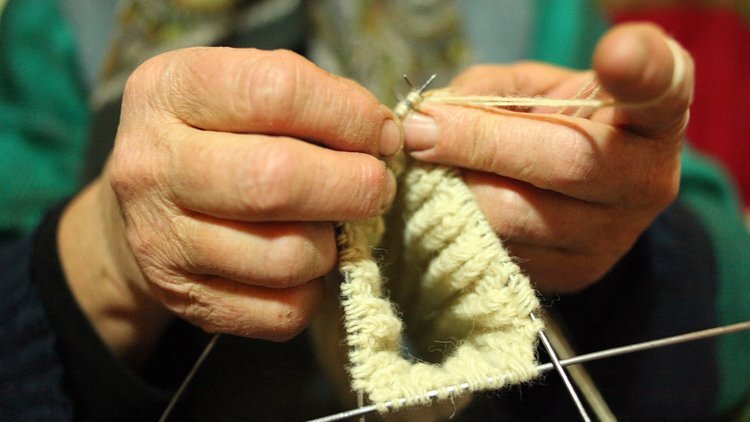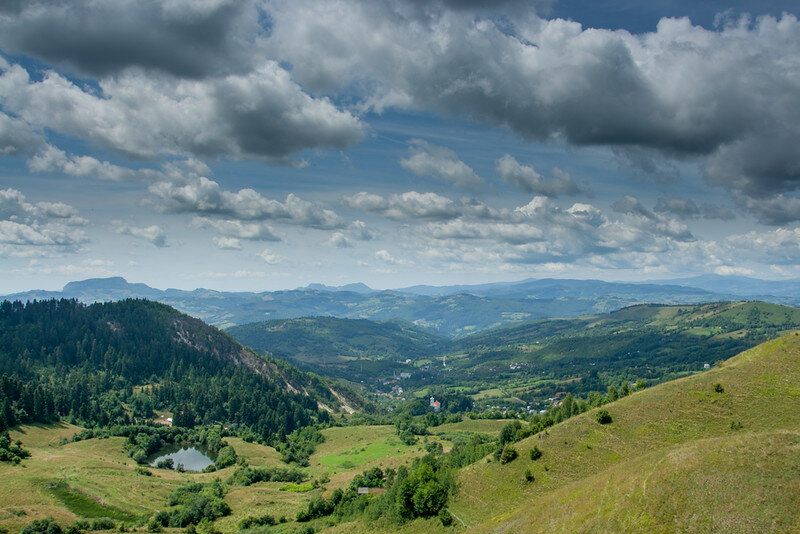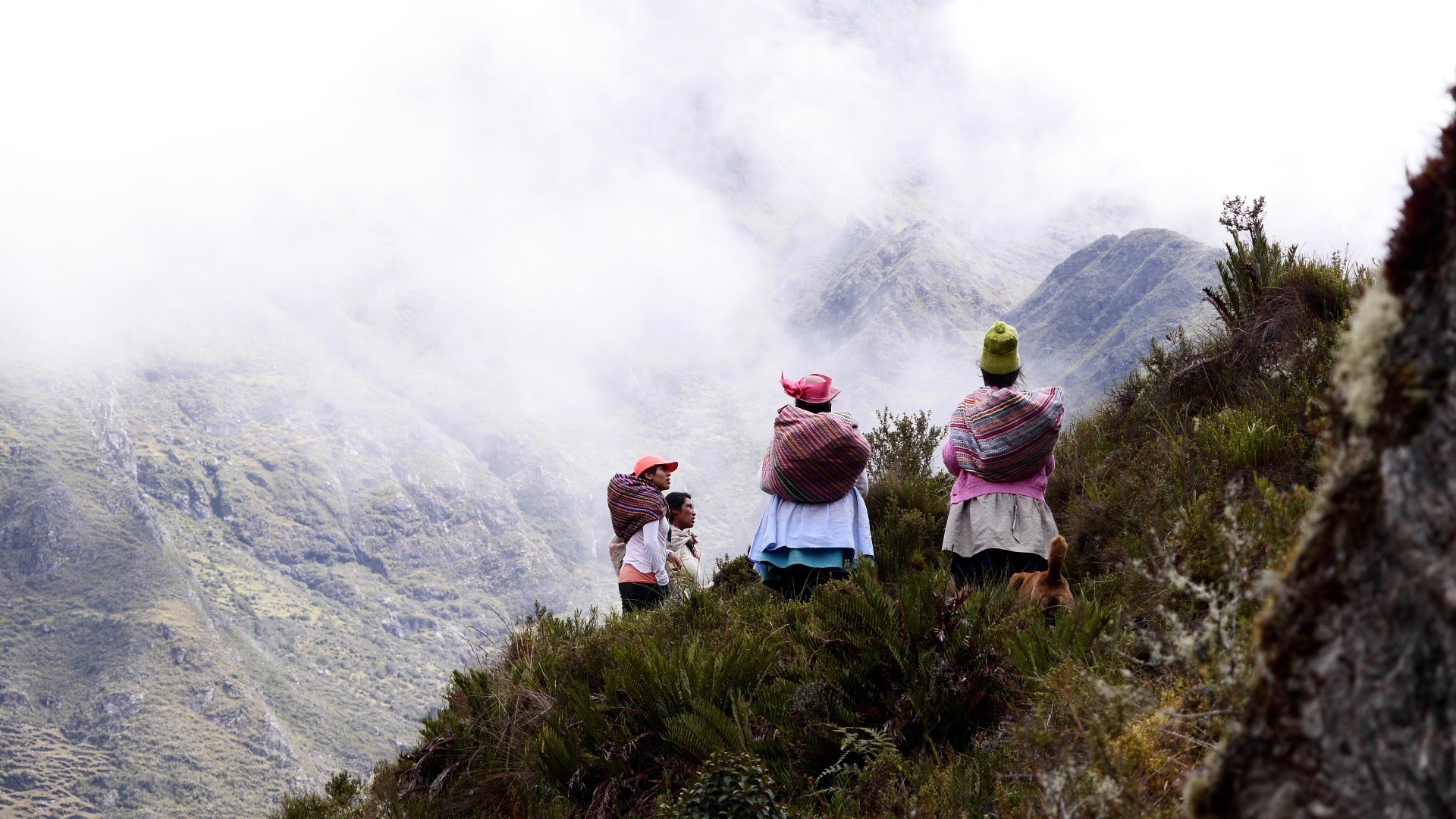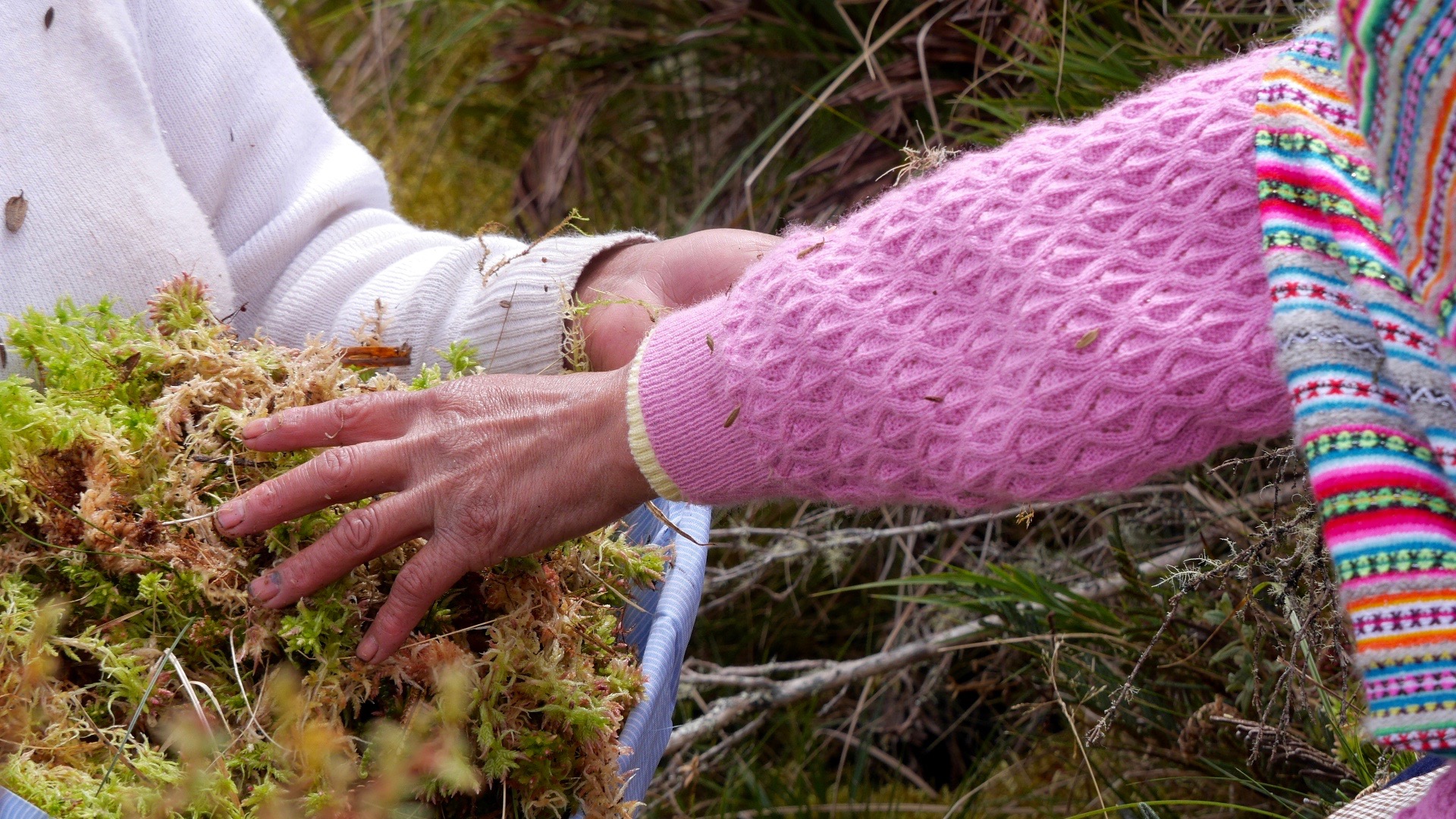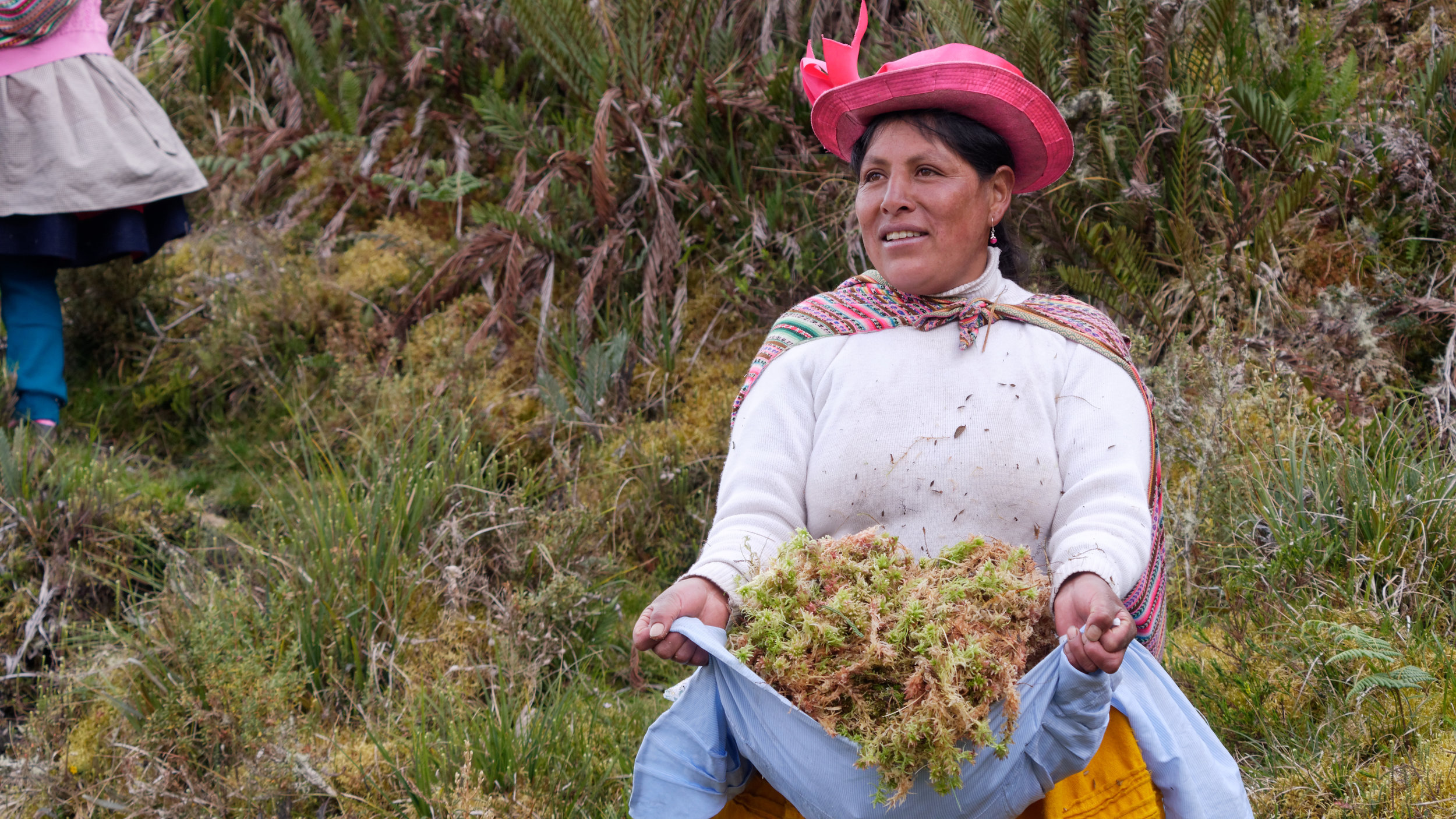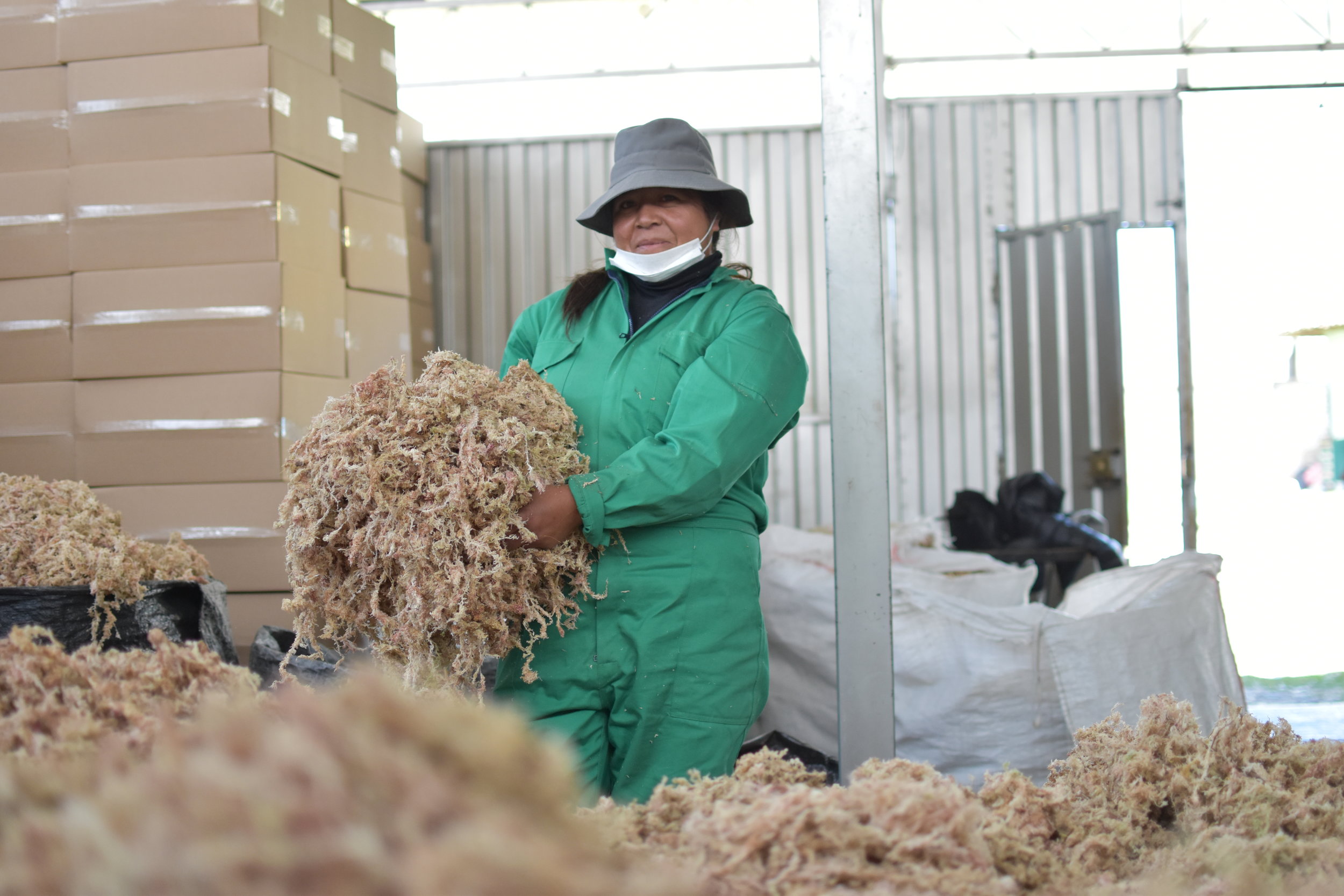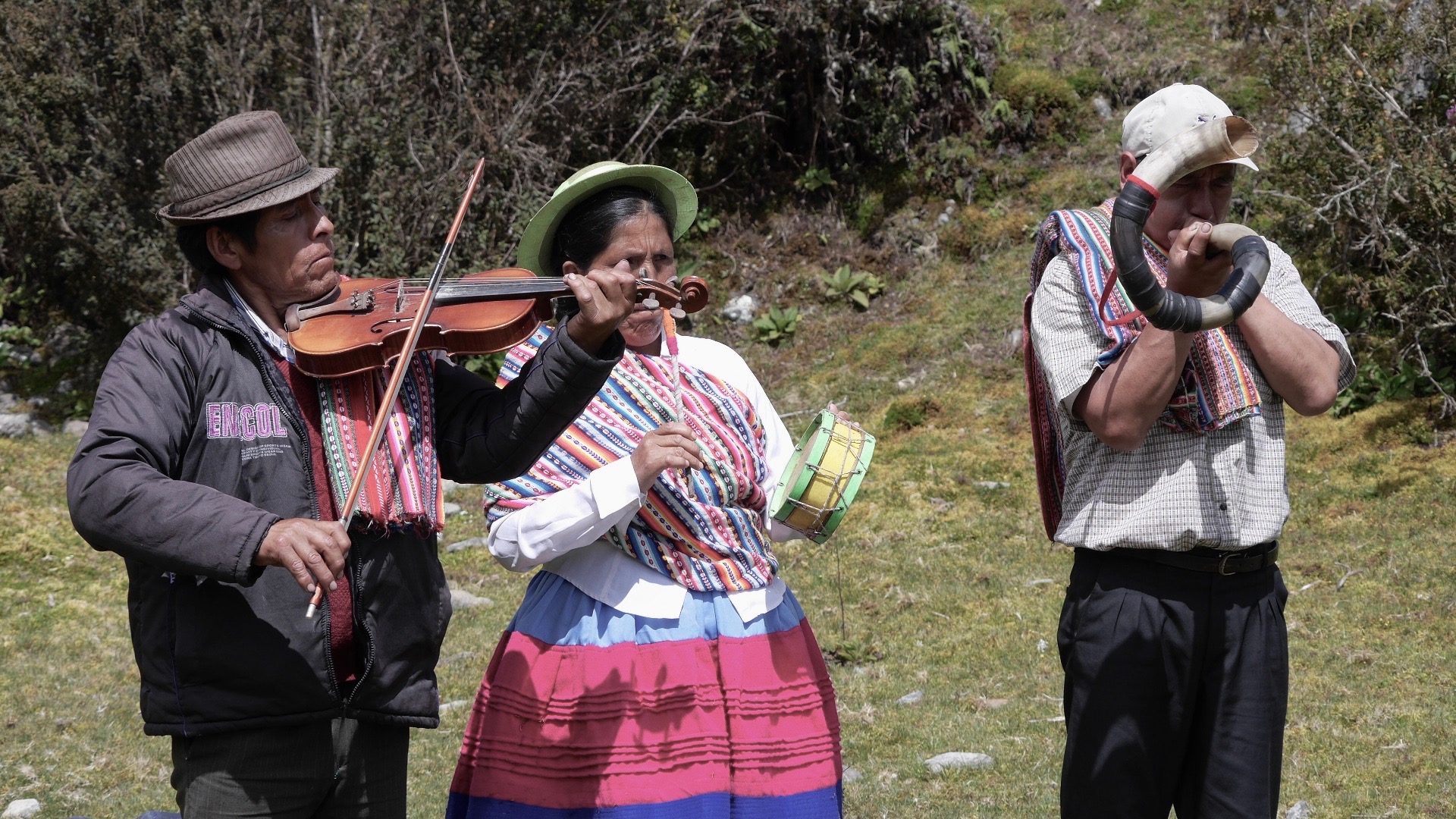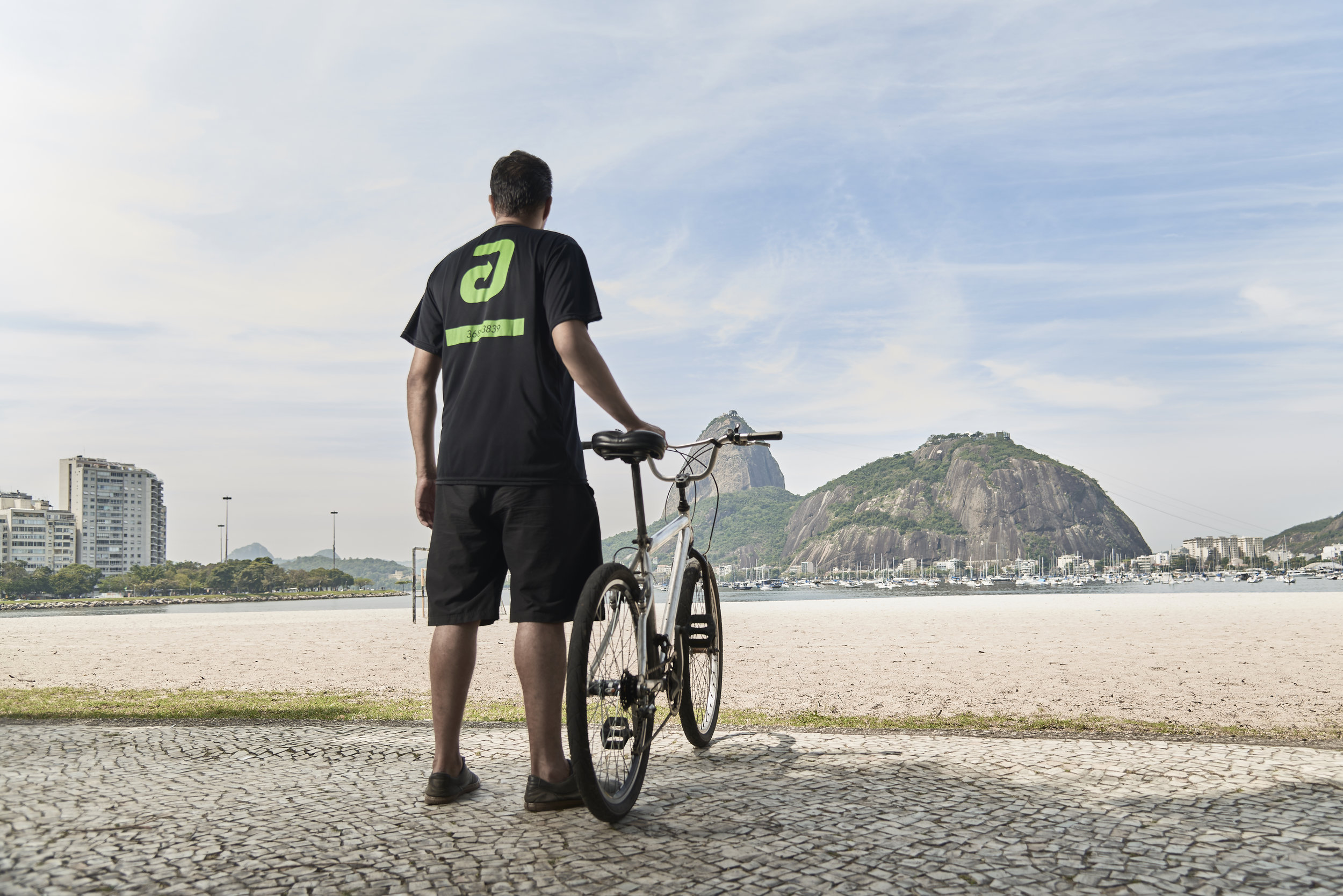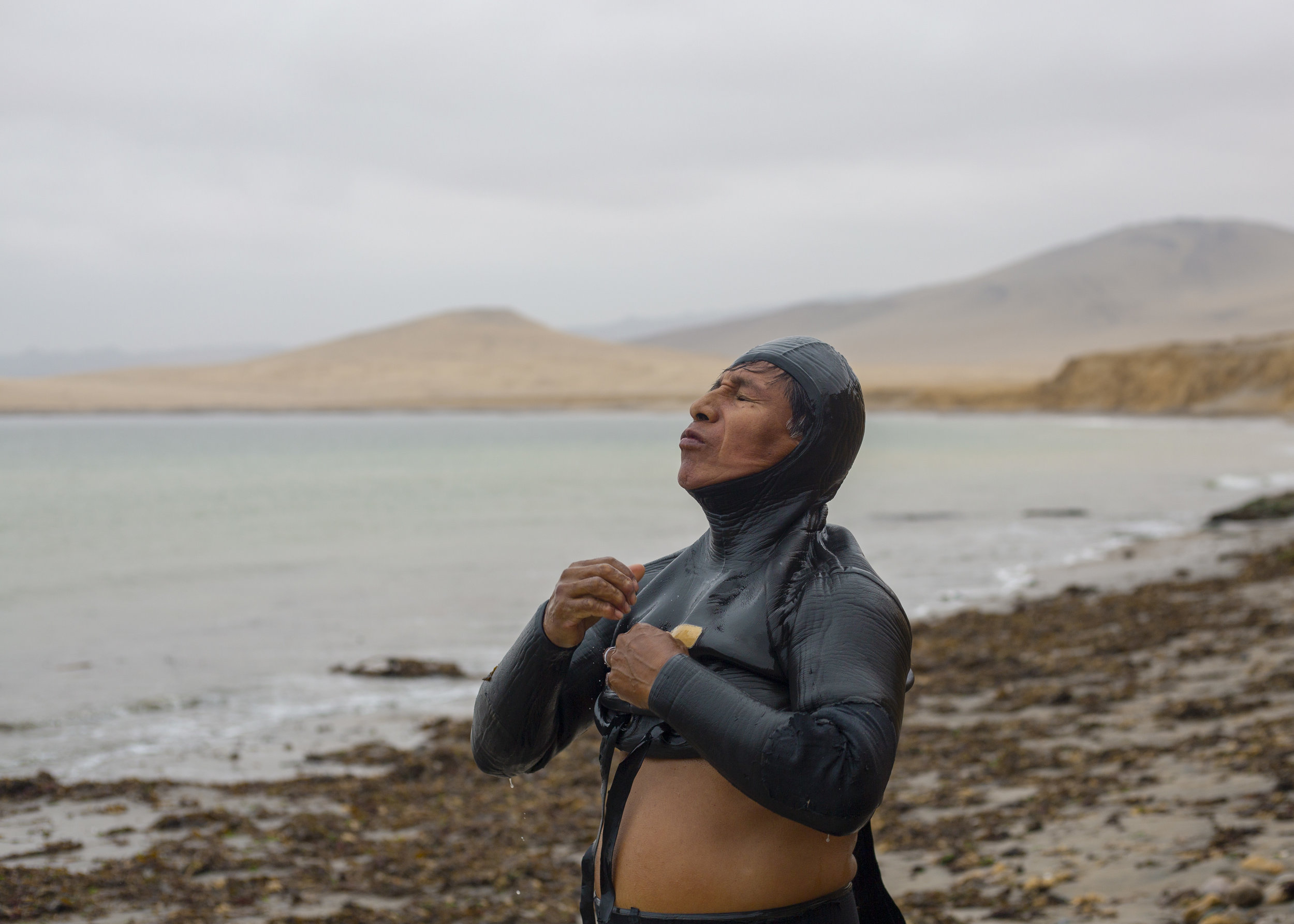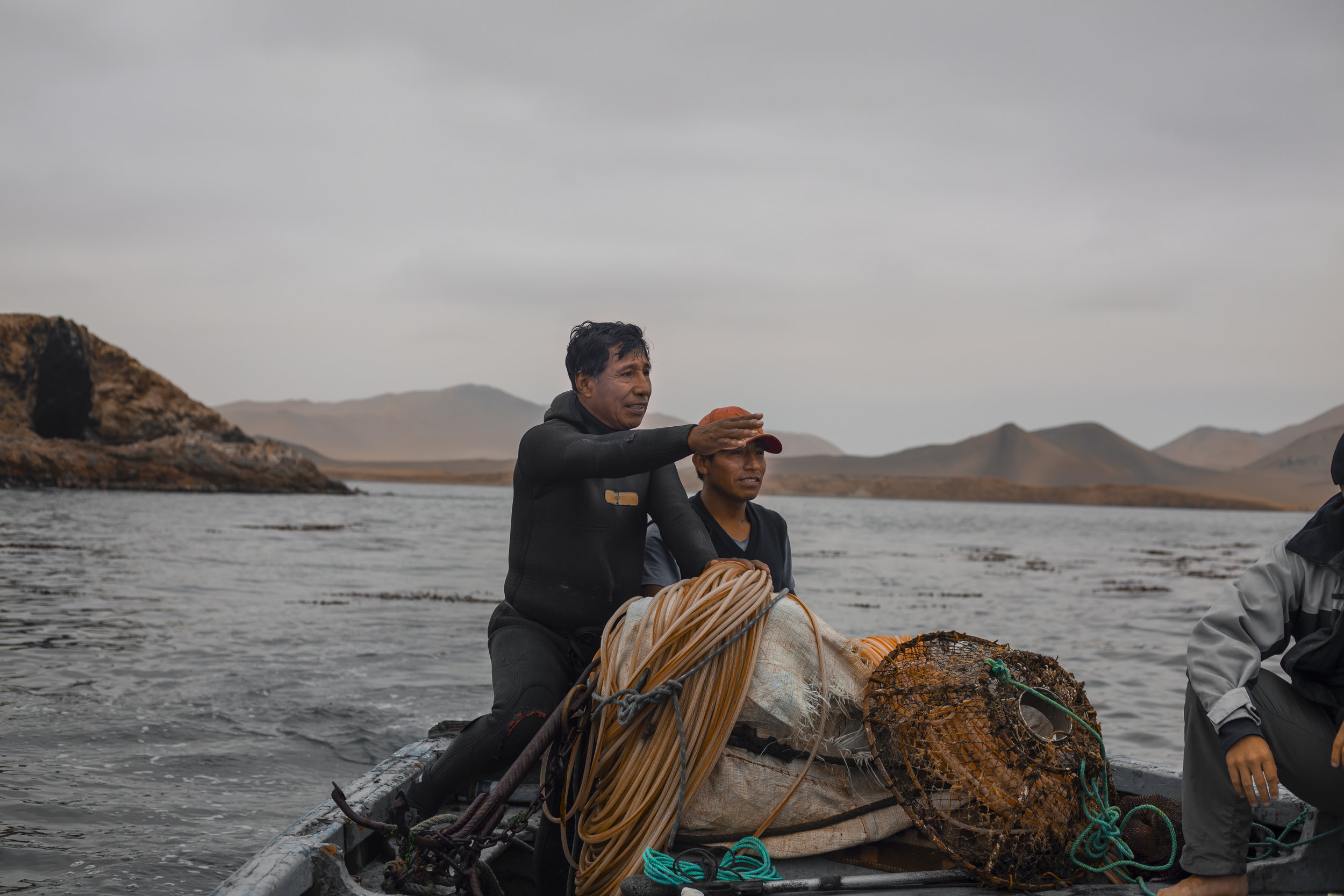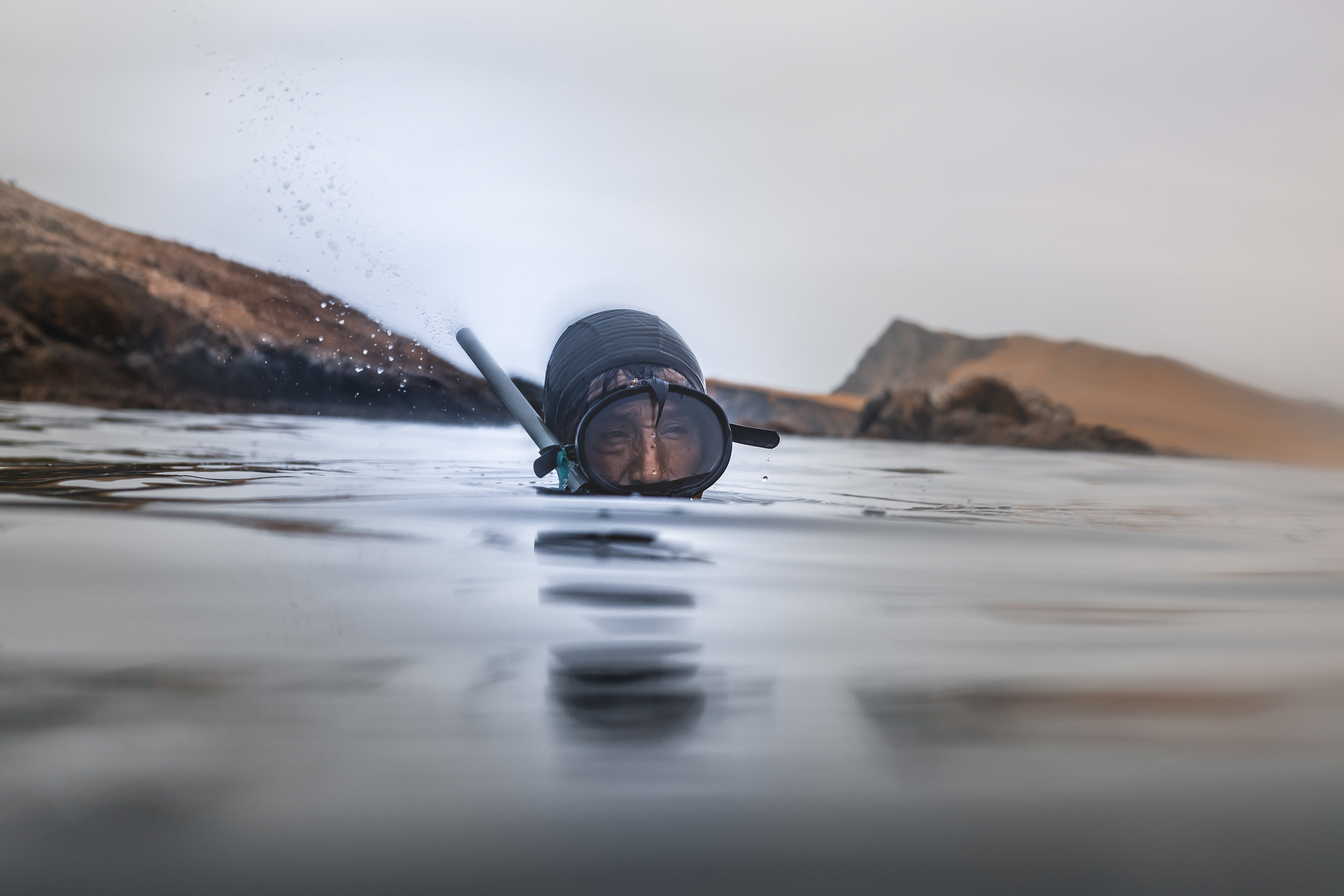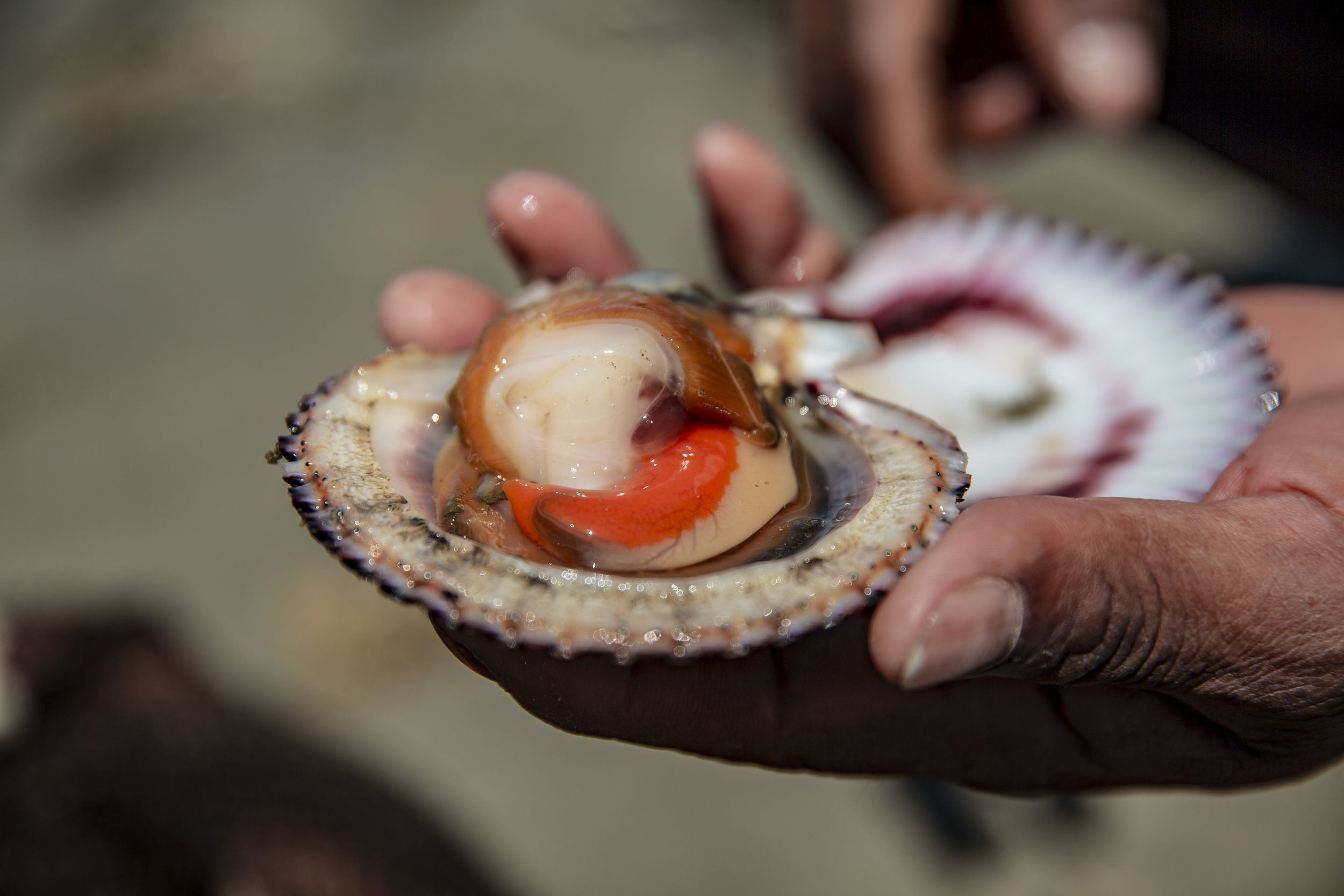Day Five
It is 23.2 miles from Windsor to Henley by the most direct cycling route. It is a further 5.6 miles from Henley to Twyford. For experienced cyclists, these distances are negligible. But these measurements do not take into account the heat of the day, the weight of a Santander bike, the number of meadows with turnstiles through which to upend and manhandle the bikes, the many diversions created by the foolishness of not checking the dates of Henley Regatta AND the very alpine nature of the ascent of the A321 out of Henley.
To paraphrase, today had its low points as well as its ups – in fact, the low points were all up hill. Nevertheless, what beautiful countryside. We meandered happily in the sunshine through many flowery fields admiring all the riverside houses and discussing the merits of the various styles of cabin cruiser. I am indebted to Mr. Rhodes for carrying both bikes up and down various steep flights of concrete stairs and over bridges. In watching Mr. Rhodes toil for me in this gentlemanly way, I wondered how far and how arduous are the journeys that remote social enterprises have to made to take their goods to market.
One-third of the population of Hungary lives in small, isolated villages where there is little opportunity for dignified jobs and livelihoods. Tard is one such village located in the Matyó region of Hungary. Approximately 80% of the people in the village do not have jobs. The Matyó culture is renowned for the beauty of its traditional embroidery and craftsmanship, but it is endangered as the number of people skilled in these techniques dwindles. Matyodesign creates clothing embellished with traditional motifs from the region. The clothing is embroidered by local women who are experts in this traditional art form and who have difficulties finding employment elsewhere in the region.
I should have been wearing a beautifully embroidered Matyodesign for Henley. I was not best dressed for the regatta and felt rather incongruous pushing my muddy bike up and down the outskirts of Henley amidst the champagne drinking party goers of the rose-skied early evening. The chances of successfully squeezing two clunky bikes onto a revelers’ train were low and so we took the choice to mountaineer on to Twyford. After nearly giving up on the ascent, the uncrowded and smooth descent into Twyford at dusk was a delight.
Day Four: Hampton Court to Windsor Castle
We hired famous Santander bikes, maneuvering them conspicuously through Waterloo Station hoping for the goodwill of the train guards to allow them onboard. We were in luck and the train was uncrowded. Beyond Hampton Court, the river banks were a pleasing hive of bustle with a regatta, a scout camp, families teaching their children to cycle, fishermen, dog-walkers and Sunday amblers.
Today we experienced the sense of community that the river engenders. Walking past Runnymede we chatted about the signing of the Magna Carta and what it means nowadays to live in Britain and to seek to belong to our own individual selection of Britain’s many communities. This stimulated pondering about the role of the royal family in promoting and fostering those communities, in honouring and respecting traditions and in encouraging innovation and bringing people together.
Hand-knit garments by Roșia Montană
I wondered if NESsT might tempt the more fashion conscious members of the royal family to look at the fabulous knitted goods of the NESsT-backed enterprise, Made in Roșia Montană.
Roșia Montană is a village in a mono-industrial area of Romania where there are very few job opportunities. The enterprise sells handcrafted wool clothing products, including socks, caps, gloves, scarves and yoga socks. The products provide families with income, allowing them to obtain a higher standard of living. The women knit in their own homes and enjoy flexible schedules, so they are able to continue to be involved in the life of the local community. It’s just the sort of enterprise that becomes the focal life-blood of a community.
Landscape of Roșia Montană
As a knitter myself, I know how much love and care goes into making garments in this way and how satisfying it is to produce something lasting and of good quality. Just as many UK and overseas charities benefit from royal patronage, maybe we can all be royal for that moment when we support a local enterprise by showcasing the talent and spreading the word about the products on offer. If I’m walking in the wintertime, I should order Roșia Montană gloves and scarf and help to put their work on the map. You can read about the work of Roșia Montană in more detail here.
We took the charming Shepperton Ferry and carried in merrily pottering along, our conversation punctuated every now and then with a pause whilst we carried the heavy bikes over bridges and turnstiles. Cycling under the M25 marked the transition from the familiarity of a London walk to new territory for us. The Thames is still broad at this point and somehow majestic.
Our luck ran out at Windsor station. Having taken the bikes as far as Staines back into London, we with confronted with a rail replacement bus service. We had to return to Windsor, find the other station and travel back via Reading arriving at Paddington wearily well beyond 9 pm. Any calories burned earlier through the cycle ride were quickly replenished as we fell upon the quick eats on offer at the Marks & Spencer at the end of Platform 8.
Day Three: Richmond Bridge to Hampton Court Palace
Kew Gardens provides inspirational insight into the plant life of our green planet. As we cycled along Kew’s perimeter yesterday, I told Adrian about Inka Moss. Far from the bustle of London in the Andean Highlands, local farmers struggle to generate reliable income.
Inka Moss is the only Peruvian company that collects and processes, in a sustainable way, sphagnum moss – a natural product that is highly demanded by international orchid growers. The company trains these small farmers to collect the moss and become suppliers in its value chain. One of the features I like so much about Inka Moss is that it is making use of age-old wisdom but bringing this knowledge right up to date in a sustainable way, preserving the environment whilst creating viable livelihoods.
The diversity of trees and flowers along the Thames Path has been one of the uplifting features of our journey so far. We weren’t ready to experience such an idyllic environment within the M25. Indeed we spent our tranquil Day Three entirely still within Greater London. We slowed down today, in response to the aches caused by yesterday’s bike ride and our investment in a gentler pace paid harmonious and rejuvenating dividends.
Day Two: London Bridge to Richmond Bridge
Day two of our expedition was gloriously sunny. We started off from London Bridge by accessing the shoreline of the Thames at low tide. We picked our way along the water’s edge accompanied by seagulls, finding oyster shells and shards of Victorian clay pipes along the way. A stroll on a beach in central London was a novel and surprisingly restful experience. I recommend it for anyone who’s not tried it yet – just make sure it’s low tide.
As we climbed the stairs back onto the embankment at the South Bank, Adrian, again ever the management consultant, observed that most cyclists overtaking us were in too low a gear. Was this a metaphor for social enterprise? It struck me that many of us go through life and engage in our business ventures in too low a gear.
We need advice from experienced mentors and management mechanics to help us to step up to that performance-enhancing higher gear.
This mentoring and business acumen is what NESsT has provided to 100s of enterprises in Eastern Europe and South America.
The one that sprang to mind is Pedala in Brazil, a bicycle-based urban delivery social enterprise that trains, hires and professionalises at-risk youth. Learn more about how NESsT has helped Pedala.
Bruno Fujii for NESsT
After a coffee in Vauxhall, we chanced upon a row of Santander bikes. (Santander – if you’re reading, this is free advertising and we have so much in common, please send a donation to NESsT). Good entrepreneurs must be able to recognize and grasp an opportunity. So we elected the highest gear available and pedaled through Battersea, past the beautiful wetlands area of Barnes, beyond Kew Gardens and triumphantly into Richmond.
Day One: Thames Barrier to London Bridge
We had an auspicious, sunny start to our expedition. I bounced with optimism and excitement as we neared the Thames. The first glimpse of the colossal barriers triggered the first feeling of apprehension. Close up, the barriers are an imposing, even menacing yet implausible regiment of aquatic Dr. Who props. In fact, the barrier is a valuable risk mitigant for London, curbing the river’s excesses without becoming an impediment.
Risk became our conversational theme for the day.
Given the seafaring connections of this reach of the Thames, I told Adrian, ever the management consultant even in hiking boots, about NESsT’s support for Sustainable Fishery Trade in Peru. Fishing is a risky business, with hazards to life, limb and the long-term marine ecosystem.
Find out how NESsT has been supporting Sustainable Fishery Trade to reduce risk without losing its entrepreneurial edge.
Our stroll evoked images of risk-taking entrepreneurs throughout the maritime history of east London. Sailors have left the docksides though which we walked to brave the oceans since ship-building began.
Sometimes those voyages might have seemed reckless but coupled with skill, experience and the right financial backing, they became superb examples of entrepreneurial spirit.
Walking along the riverbank gave us plenty to look at both in the foreground and on the horizon and again we were struck with this as a metaphor for any successful social enterprise, always bearing in mind its near term and longer term goals. We walked from low tide to high tide stopping for a modest number of drinks at maritime pubs along the way – too much beer in the sunshine could be risky, but too little seemed an even worse way to go.
We headed home satisfied with 17 kilometres completed – not a bad start.
Want to contribute to our journey?
Introductory Post
This journey combines a number of my interests: London and its history, entrepreneurial businesses, ambling along a riverbank, and thoughts about how to cope when things go wrong.
In early April, I was appointed to the UK Board of NESsT, a charity I’ve followed and supported for the last decade. NESsT provides finance and business expertise to fledgling social enterprises in emerging economies. It helps people into dignified employment.
I admire the way NESsT engages and mentors those with drive and vision in creating jobs and improving lives.
In terms of charitable giving, alongside disaster and crisis relief, I believe in the longer term goal of providing the means for people in need to take charge of their own futures and to be treated with dignity and respect as partners.
Have a look at the rest of NESsT’s website.
I enjoy a relaxed walk and a companionable en route chat. The Thames Path offers a great balance of industrial and rural landscapes with a continuous theme of the power and value of riverside existence. I’m looking forward to seeing London’s varied life from the water’s edge.
The plan is to take our time over days off to navigate the length of the Thames from the barrier to the source before the clocks go back. We won’t average much more than ten miles a day unless Adrian persuades me to cycle.
I’ll post a blog entry per section. As the path is 184 miles, I’m hoping friends and family might donate £18.40 each to encourage us on our merry way.
In recognition of research published this week indicating that the most successful corporate adventurers are those with least optimism, the goals are modest. Walking the length of a river will be wet, cold and dirty at times. Undoubtedly there will be sore feet, rainy days, diversions, rail replacement bus services that meander more than the Thames. Mr. Rhodes will be my encourager. We are complementary and contradictory. In the moments when I feel joyously omnipotent, his grim realism restores perspective. He will offer a hand to cajole me through the last bitter three miles each day. He won’t let me give up.
These thoughts of resilience bring me neatly back to thinking of the common threads uniting NESsT and the Thames - lifelines to the entrepreneurial.
Wish us luck in our enterprise!
